The use of uncrewed systems to improve public safety operations took another step forward with the announcement that BRINC and Higher Ground are collaborating to enable call streaming for first responders. According to a statement, the two firms are working to “enhance emergency response effectiveness by providing officers with comprehensive information from 911 calls through HigherGround’s Live911 software alongside live video feeds from BRINC’s Drone as First Responder (DFR) solution.”
In traditional emergency response scenarios, dispatchers relay critical information verbally—and important information is sometimes lost or misunderstood. 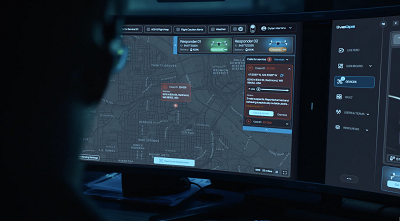 Through this new collaboration, teleoperators will be able to hear 911 emergency calls in real-time with HigherGround’s Live911 call streaming system. The new partnership also allows officers in the field to hear what is occurring in real-time and receive immediate situation updates before they arrive on the scene.
Through this new collaboration, teleoperators will be able to hear 911 emergency calls in real-time with HigherGround’s Live911 call streaming system. The new partnership also allows officers in the field to hear what is occurring in real-time and receive immediate situation updates before they arrive on the scene.
This partnership is an example of how BRINC DFR is developing a complete solution purpose-made for public safety. No other drone maker is getting involved in the 911 workflow at this level to integrate transparency portals and clearly mark their drones as emergency response vehicles, and more. All of these elements make a difference for first responders that don't often know what to expect when going into an emergency situation.
"When seconds matter most, awareness and communication is key," said Don Redmond BRINC VP of Advanced Public Safety Projects and retired Police Captain at Chula Vista PD. "Call streaming through HigherGround’s Live911 allows drone teleoperators to immediately identify the severity of the call coming in and help assess the type of response needed as the drone is enroute. First responders can now hear and see what is happening before they arrive on scene for better informed decisions. This becomes even more critical once the drone arrives on-scene."
Having real-time information like this allows first responders to know whether or not the call has moved since it was placed or whether or not the situation has changed. A teleoperator can learn these details by listening to or accessing a transcription of the call, which can inform how the drone is directed to provide eyes on-scene.
With Live911 and BRINC’s DFR solution integration, first responders can hear the nature of the emergency directly and have “eyes on scene” before they even arrive. All of the developments speak to BRINC's goal is to provide first responders with as much information as possible so that when they make that final turn and arrive, they have every bit of information available for de-escalation and better-informed decisions.
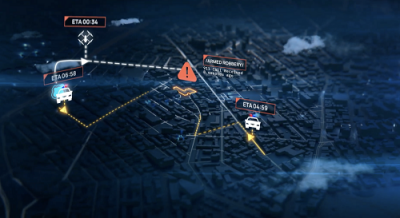 This approach has been welcomed by the public safety and emergency response community. Just as critically though, these innovations can positively impact the public perception around response times and what happens when someone calls 911.
This approach has been welcomed by the public safety and emergency response community. Just as critically though, these innovations can positively impact the public perception around response times and what happens when someone calls 911.
"Public safety has a massive opportunity in technological advancements because, historically, it has been underserved by the technology industry," Redmond told Commercial UAV News. "Over the past few years, the public has been calling on law enforcement to make changes to their practices to foster safer communities. Our technology has the potential to be that change. The enhanced situational awareness provided by drones and call streaming software like Live911 will prove invaluable for improving response times and decision-making, which will lead to safer and more effective operations."
For more information about this partnership, visit brincdrones.com.


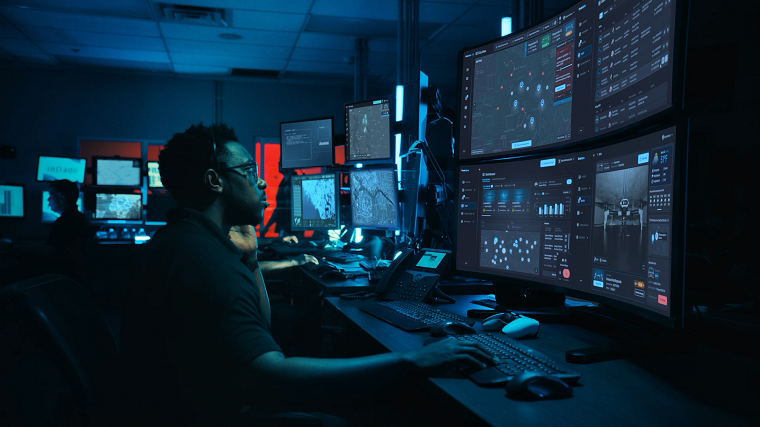

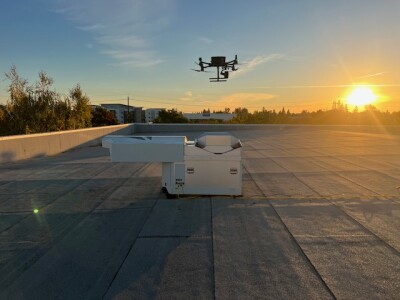
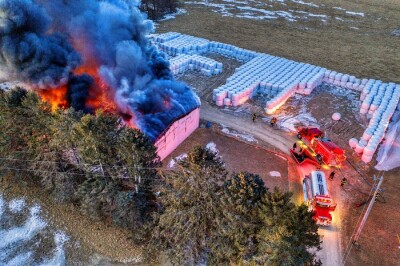










Comments